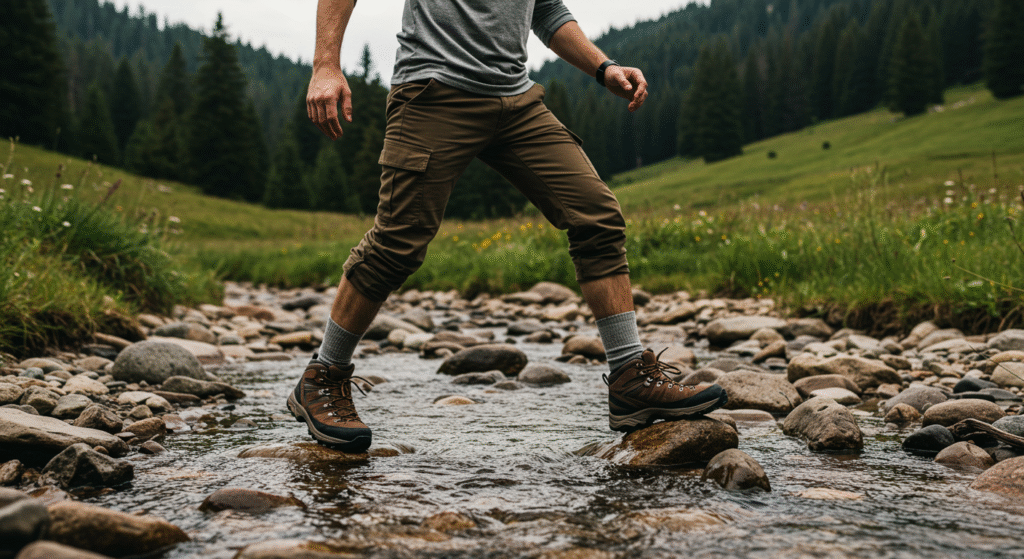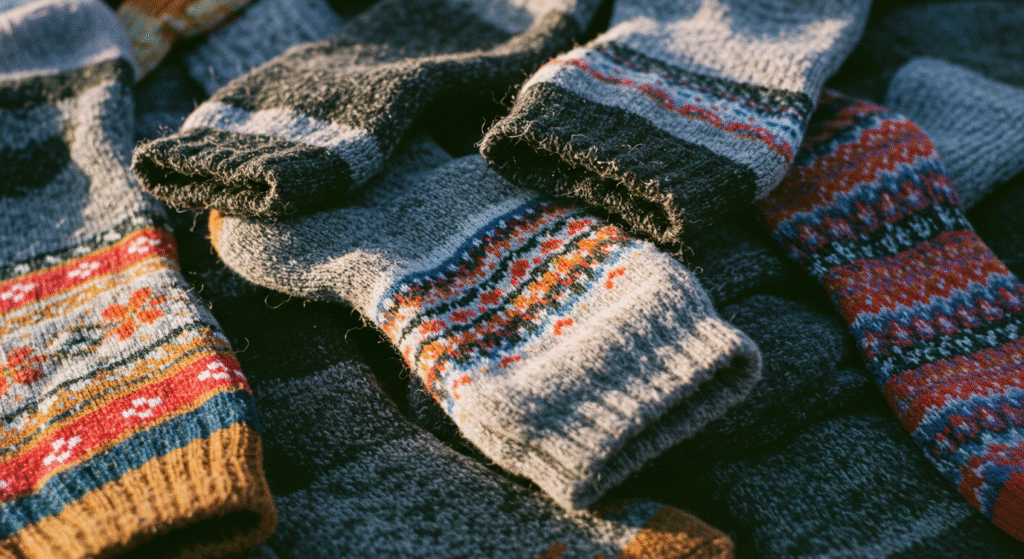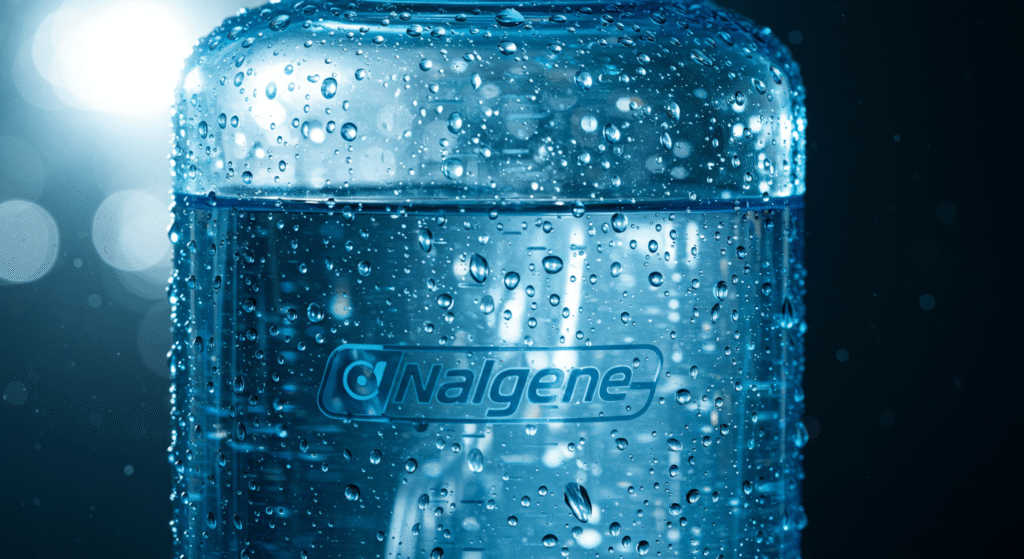Beat the Blister Battle with These Expert Hiking Tips
If you’ve ever limped your way off a trail, wincing at every step because of a blister, you’re not alone. Blisters are one of the most common and annoying issues hikers face, but they don’t have to ruin your adventures.
With a few smart strategies and some trail-tested gear choices, you can avoid the pain and focus on enjoying the journey. Let’s break down the essential blister prevention tactics every hiker should know.
Blister Prevention Starts with Footwear
Getting the right fit on your hiking boots or shoes is the most important step in preventing blisters. Shoes that are too tight create pressure points and cause your skin to rub against the material, leading to painful friction spots. On the other hand, shoes that are too loose allow your feet to slide around inside, increasing friction and causing blisters in different areas like your heels and toes.

When trying on hiking footwear, make sure to wear the same type of socks you plan to use on the trail. This helps give an accurate fit and prevents surprises later. Your toes should have enough room to wiggle comfortably without being cramped. At the same time, your heel should stay firmly in place when you walk or climb to avoid slipping.
Pro tip: Break in new boots gradually before taking them on a long hike. Wear them at home during daily activities, or take short walks on uneven terrain to soften the materials and let your feet adapt. This reduces the chance of painful hotspots forming on the trail.
Another useful tip is to shop for hiking shoes later in the day. Feet tend to swell slightly after hours of activity, so buying footwear when your feet are at their largest size helps ensure they won’t feel too tight when hiking.
Remember, good footwear support and fit aren’t just about comfort; they help maintain balance and reduce fatigue on rough or uneven trails, making your hike safer and more enjoyable.
The Unsung Hero of Blister Prevention: Your Socks
Socks might seem like a small detail, but they are one of the most important pieces of gear when it comes to preventing blisters. They act as the first barrier between your skin and your shoes, helping to reduce friction and manage moisture.
Avoid cotton socks at all costs. Cotton holds moisture against your skin, which can cause your feet to stay damp and increase the chances of rubbing and blister formation. Instead, choose socks made from moisture-wicking materials such as merino wool or synthetic fibers like nylon and polyester blends. These fabrics are designed to pull sweat away from your skin, keeping your feet dry and comfortable even during long hikes.

Pro tip: Always bring an extra pair of socks on your hike. If your feet start feeling sweaty, wet, or uncomfortable, change into a fresh pair. Dry socks can make a huge difference in comfort and blister prevention.
For added protection, many hikers swear by wearing liner socks beneath their hiking socks. Liner socks are thin, lightweight socks that create an additional friction barrier. They help reduce skin-to-sock friction and wick moisture away from your skin, making them especially useful on longer or more intense hikes.
Investing in high-quality socks and taking care of your feet with simple steps like changing socks regularly can dramatically reduce the risk of painful blisters and keep your feet happy on every trail.
Best Hiking Socks for Blister Prevention
- Darn Tough Merino Wool Socks — Durable, moisture-wicking, and naturally odor-resistant.
- Smartwool PhD Outdoor Socks — Cushioned comfort with excellent breathability and fit.
- Thorlo Experia Hiking Socks — Extra padding in high-friction areas for blister protection.
- Balega Hidden Comfort Socks — Soft synthetic blend that offers great moisture control.
- Injinji Trail Midweight Toe Socks — Toe separation helps reduce friction between toes.
Rest, Recover, and Let Your Feet Breathe
Hiking non-stop might seem tough and impressive, but giving your feet regular breaks is essential to prevent blisters and keep your feet healthy. Long or steep trails can cause your feet to sweat and swell, which increases friction inside your boots and raises the risk of painful hotspots and blisters.
During your breaks, take the time to remove your boots and socks. Let your feet air out and dry completely. Wiggle your toes to improve circulation and help reduce any swelling. If you’re near a stream or cool water source, soaking your feet briefly can provide refreshing relief and help lower inflammation.
Pro tip: Use breaks not just to rest your legs but to care for your feet. Dry, relaxed feet are less likely to develop blisters and will feel much better once you hit the trail again.
Dress for the Terrain and Weather
What you wear on the trail affects not only your comfort but also how your body and feet handle the conditions. In hot weather, excessive sweating can make your skin soft and more prone to friction, increasing the risk of blisters. In wet or muddy environments, soggy socks and boots create a perfect storm for blister formation by keeping your feet damp and rubbing against your footwear.
Choose lightweight, breathable clothing during warm weather to help keep sweat under control. In cooler or wet conditions, waterproof boots paired with gaiters are essential to keep your feet dry and protected from mud and water.
Pro tip: Always check the weather forecast before you head out and pack your gear accordingly. Carry an extra pair of dry socks in a sealed ziplock bag so you can change if your feet get wet. Using foot powder can also help absorb moisture and reduce friction, keeping your feet dry and blister-free.
Hydration Helps Your Skin
Surprisingly, staying hydrated is not just important for your energy levels and overall health, it also plays a key role in maintaining healthy skin. When your body is dehydrated, your skin becomes dry, less elastic, and more prone to irritation and friction. This can increase the chances of developing blisters while hiking.

Pro tip: Begin hydrating well before you start your hike, and continue sipping water consistently throughout the day. Using a hydration bladder makes it easy to take small, frequent sips without stopping. If you prefer, bring a refillable water bottle and plan for water stops along your route to keep your hydration levels steady.
Be Proactive, Not Reactive
The best way to avoid painful blisters is to catch them before they form. If you start feeling a hot spot, a small area of irritation or redness, stop immediately and take action. Ignoring these warning signs can quickly lead to a full-blown blister that can ruin your hike.
Always carry a small blister prevention kit in your pack. Essential items include moleskin to cushion and protect hotspots, adhesive bandages to cover vulnerable areas, and antiseptic wipes to clean any irritated skin. These quick fixes can make a big difference and help you stay on the trail longer and more comfortably.
Pro tip: If you do end up with a blister, avoid the temptation to pop it. Popping can increase the risk of infection and slow healing. Instead, cover the blister with a blister pad or bandage designed to cushion and protect it, and let your body heal naturally.
Prepare Well, Hike Well
Hiking is meant to be an enjoyable adventure, not one overshadowed by pain and discomfort. By selecting the right footwear, keeping your feet dry and well-hydrated, and paying close attention to early signs of irritation, you can protect your feet and prevent blisters from slowing you down.
So lace up your boots, pack your essentials thoughtfully, and hit the trail with confidence. With the right preparation, your feet will carry you comfortably through every step of your journey.
Happy hiking, and may your steps be blister-free!
